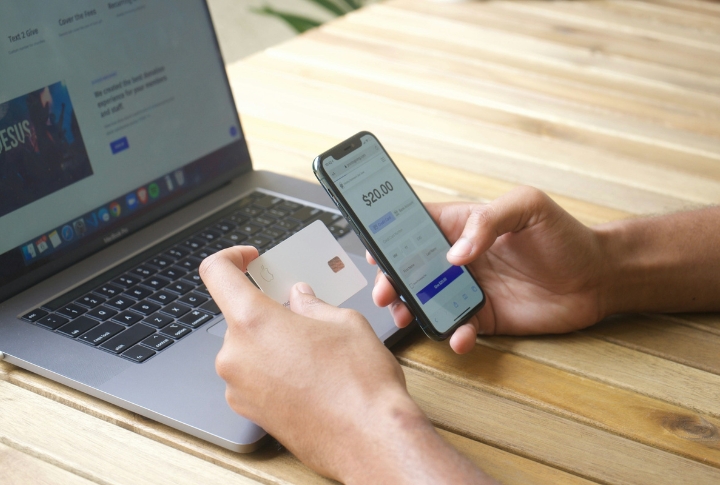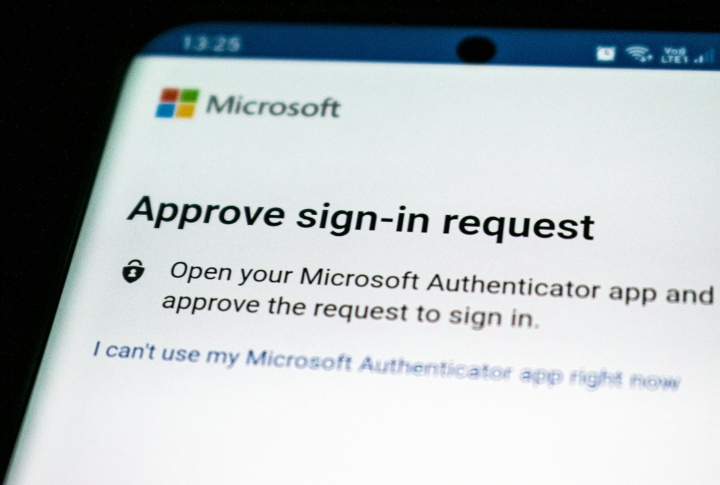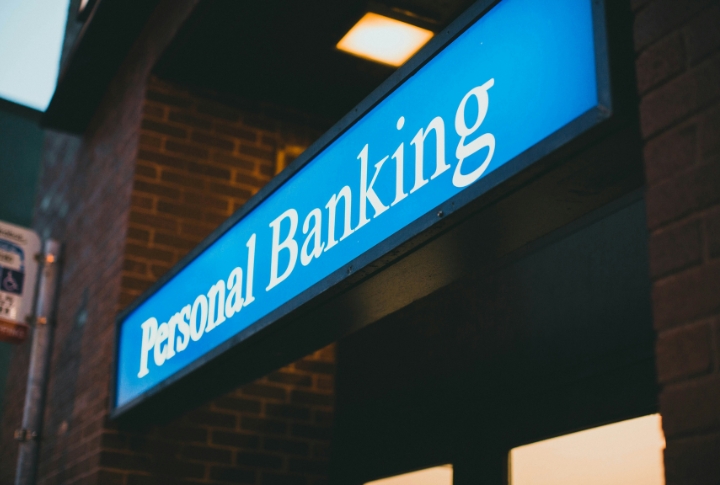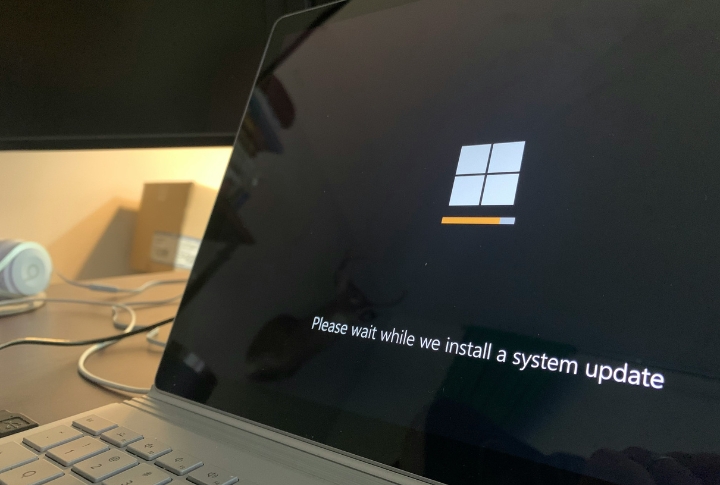
Push payment scams involve convincing you to send funds to fraudsters by making the request seem legitimate. The danger lies in tricking you into authorizing the transaction. Avoiding these scams requires understanding their tactics and staying alert. Curious about how to spot these scams and protect your hard-earned money? Here’s everything you need to know to stay secure.
Verify Payment Requests With A Direct Call

To avoid push payment scams, verify any payment request by calling the sender on a trusted phone number. Many victims lose money by skipping this step. Emails can be faked easily, but scammers can’t replicate official phone lines. Also, banks rarely ask for immediate payments without some form of prior warning.
Look Out For Urgent Or Threatening Language

Urgent or aggressive messages are warning signs. Scammers usually use high-pressure tactics to rush people into sending money without thinking. In contrast, trustworthy businesses give enough time for calm decisions. Identifying panic-driven language early reduces the chance of making impulsive transfers and helps keep financial information protected.
Use Two-Factor Authentication On Banking Apps

Enable two-factor authentication on your banking app immediately. It blocks unauthorized users, even if passwords are stolen. Plus, banks frequently apply 2FA to high-value transfers for added protection. For example, use options like SMS codes or authenticator apps. Those extra few seconds during login can stop serious financial damage before it starts.
Never Share Bank Details Over Email Or Text

Sending full bank details by text or email puts your information at risk. Some messages are carefully crafted to mimic official bank communications. However, legitimate institutions avoid requesting sensitive data through unsecured channels. Using secure portals prevents data theft and greatly reduces the chances of falling victim to scams.
Be Suspicious Of Unusual Payment Methods Or Channels

Unusual payment requests should raise concern. In particular, fraudsters frequently push for gift cards, cryptocurrency, or unfamiliar apps because these options aren’t traced or refundable. These methods also prevent chargebacks, making them especially risky. That’s why legitimate companies typically avoid them. Taking a moment to question the payment channel may prevent serious financial loss.
Educate Yourself About Common Scam Techniques

Take time to learn common scam tactics like fake invoice schemes and so-called “safe account” scams. Understanding these tricks makes it easier to avoid falling victim. Since criminals constantly change their methods, staying updated is key. Moreover, share what you learn because every conversation strengthens the defense across families and communities.
Set Payment Limits Or Alerts On Your Accounts

Use your bank’s alert and limit tools to control outgoing payments. Settings like these may block unusually large transactions or flag anything suspicious. You can customize them by amount, location, or recipient. As a result, getting instant updates enables high-value scam payments and gives you time to respond before any damage is done.
Report Suspicious Activity Immediately To Your Bank

If something looks suspicious, report it to your bank right away. Because of that, early alerts could stop unauthorized payments or reduce the damage. Most banks have fraud-handling protocols in place. So, quick action can also improve the chance of fund recovery and strengthen security for other customers as well.
Use Official Banking Apps Instead Of Websites Or Third-Party Services

Don’t risk logging into your bank through sketchy links or websites. Official banking apps are way more secure. They come packed with fraud alerts and advanced encryption. Third-party platforms? Total gamble. Stick with your bank’s own app—it’s designed to catch suspicious activity and keep your money where it belongs.
Keep Your Devices And Software Updated

Updates are critical for digital safety. They fix security flaws that scammers often exploit. Consequently, older systems are more vulnerable to malware and breaches. Banks may even block transactions from outdated apps. Regularly updating your software and devices lowers risk and strengthens the protection of your personal and financial information.
